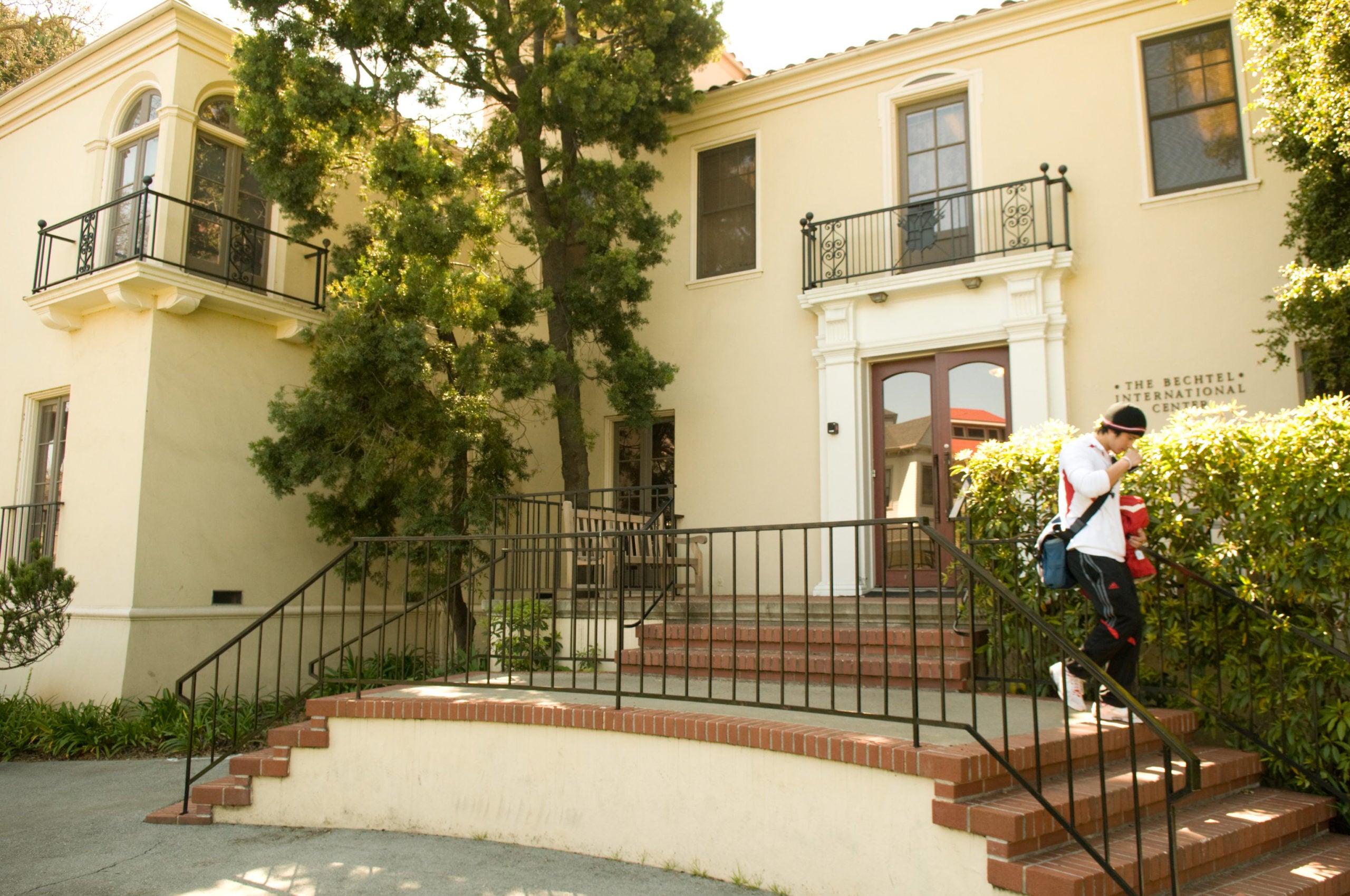With Thanksgiving less than a week away, many Stanford students plan to travel back to their home cities for the week-long break. But international travelers — even those who are vaccinated — will face COVID-19 travel protocol upon their return, including restricted activity until they receive negative results from a test taken on the day of their return to campus. Vaccinated, domestic travelers, however, face no period of restricted activity upon their return to campus.
The Office of the Vice Provost for Student Affairs first sent an email to students detailing Thanksgiving break travel protocols for international and unvaccinated students on Oct. 13. The policy calls for students returning from international travel and unvaccinated students to take COVID-19 tests on the day they return to California (day zero) and three to five days later (day five).
While awaiting day zero test results, vaccinated international students are required to adhere to restricted activity protocols. For unvaccinated students, this restricted activity period extends until the day five test results are received. According to Stanford’s policy, these individuals cannot attend in-person classes and may only leave residences for COVID-19 testing, medical care, laundry and trash, solo outdoor exercise and meal pick-up.
This policy could pose challenges for students traveling internationally over Thanksgiving break, as week 10 classes begin on Nov. 29 and no special arrangements will be in place to accommodate students unable to attend class due to Thanksgiving travel.
“We discourage international travel during the Thanksgiving Break so that you can continue your studies in week 10,” wrote University spokesperson Pat Harris. While week 10 studies may be inhibited, the Office of Student Affairs wrote that they “anticipate students will receive results for both tests before exams begin Dec. 6.”
Chloe Romero ’25, an international student from Uruguay, is not returning home for Thanksgiving break — a decision she explained was not influenced by the COVID-19 travel policy.
“The biggest reason I didn’t go home is just because it’s too expensive and not that much time,” Romero said. She did, however, state that the policy could have implications that unfairly target international students. “I don’t think it really makes sense to say international students have to do this versus domestic students … you don’t know what the COVID situation is in each country, maybe you’re traveling to a place with no COVID.”
Armando Borda ’25 plans to return home to Chile for Thanksgiving break. He booked his plane ticket home a few months ago, prior to the announcement of the policy.
Still, Borda plans to arrive back on campus a few days before break ends so his classes will not be significantly inhibited by the period of restricted activity. Upon arrival back to campus, he said he anticipates “going straight to doing the COVID test.”
“I think they’re strict, but in a safe way,” Borda added, in response to Stanford’s COVID-19 policies.
Like Romero, Ashley Phord-Toy ’22 will not be returning home to Canada due to the brevity of Thanksgiving break.
“I didn’t think it was worth it to go home because we have Canadian Thanksgiving at a different time so everyone would be working anyways,” Phord-Toy said.
Though her flight home to Canada is shorter than many domestic flights, Phord-Toy said she understands the justification behind the University’s policy.
“The government only has so much control over what happens within its borders, and there’s no way to control what’s happening in other countries,” she added. “If there were different restrictions on different countries, I can see how that would be perceived as unfair as well.”
Though the University has not specified how students adhering to restricted activity protocols should behave if their roommates are not under the same protocols, Harris wrote that “students on restricted activity who share a sleeping space will be temporarily reassigned to isolation housing should they test positive.”
